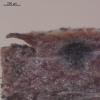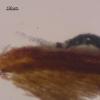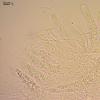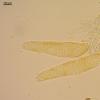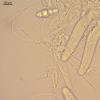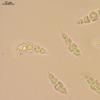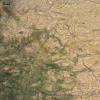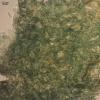
04-11-2025 12:43
 Edvin Johannesen
Edvin Johannesen
Hi! One more found on old Populus tremula log in O

04-11-2025 09:07
Hello.A suspected Hymenoscyphus sprouting on a thi

03-11-2025 21:34
 Edvin Johannesen
Edvin Johannesen
These tiny (0.4-0.5 mm diam.), whitish, short-stip

28-10-2025 15:37
Carl FarmerI'd be grateful for any suggestions for this strik

03-11-2025 16:30
 Hans-Otto Baral
Hans-Otto Baral
Hello I want to ask you if you have found this ye

28-10-2025 19:33
 Nicolas Suberbielle
Nicolas Suberbielle
Bonjour à tous,Je voudrais votre avis sur cette r

31-10-2025 09:19
 Lothar Krieglsteiner
Lothar Krieglsteiner
Can somebody provide me with a file of:Rogerson CT
previous post of Exarmidium diaphanum gave me a hint about the position of one my unidentified specimen,
it was collected on dead branch of Chamaedaphne calyculata (N61,063892° E69,455695°). There is, probably, candidate, E. ericae, which described from twigs of Erica carnea (the same family) - i am comparing it now.
Hymenium developing under the clypeus, flat, with tiny pore (30 mk), to 400 mk broad, 80 mk thick, clypeus bluish-brown.
Clypeus from host epidermis cells and mass of greenish-blue chains of cells (some symbiont), no fungal tissue presented in clypeus (? may be it is not right to say clypeus then); asci fissitunicate, not amyloid, enlarged at base and with obtuse tip, thick-walled apex, 76 (70-85) x 16 (14-17); paraphyses cylindrical, 1,3-1,5 mk thick, with some guttules, branched; spores fusoid, 3-4-celled, cells of released spores enlarged to round (and then overall shape with constrictions), with two short cylindrical outgrowths from both ends, content with several big and many small guttules, 23,7 (20,8-26,6) x 7,9 (6,4-9,2) (18 spores).
sorry, but I can't help you with this one.
But thank you for reminding of unfinished determinations:
http://www.ascofrance.fr/search_forum/11375?
I should keep this in mind next spring-summer.
Best wishes for your determination: Marja

